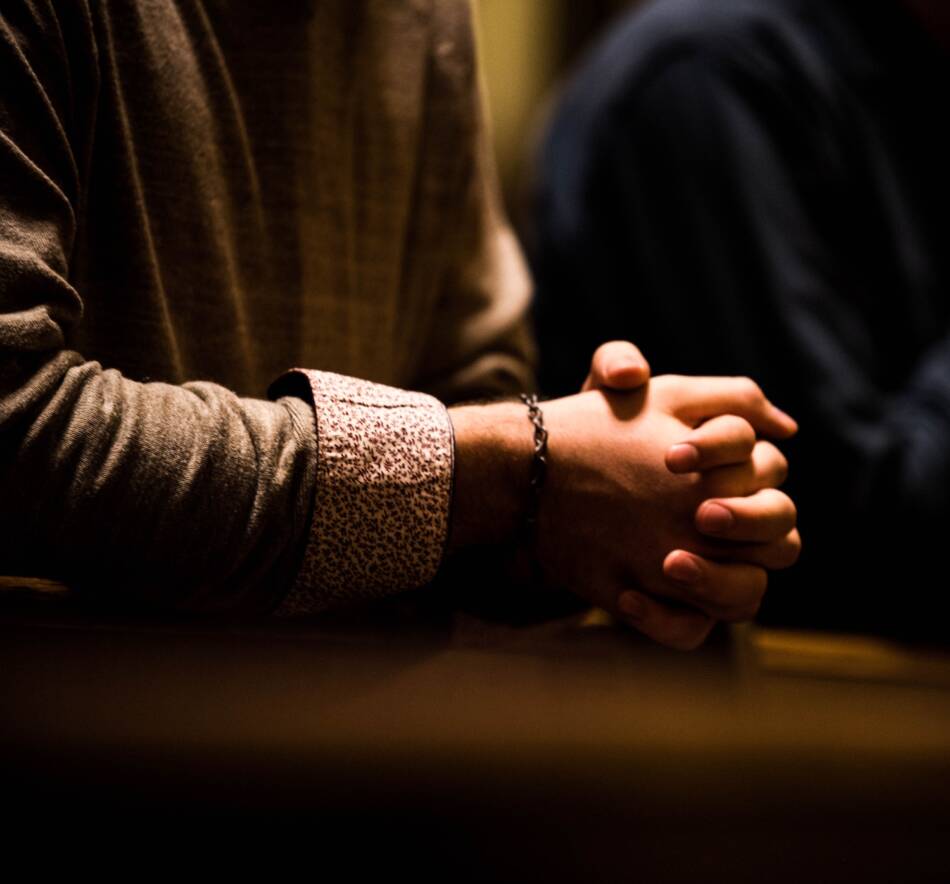The Tabernacle
This portable temple was built in the wilderness by the Israelites around 1450 B.C. after they were freed from Egyptian slavery. The tabernacle was the first temple dedicated to God and the first resting place of the ark of the covenant. It served as a place of worship and sacrifices during the Israelites’ 40 years in the wilderness.
There are 50 chapters in the Bible devoted to the tabernacle: 13 in Exodus; 18 in Leviticus; 13 in Numbers; two in Deuteronomy; and four in Hebrews. The final 16 chapters in Exodus are primarily devoted to the instructions and fashioning of the tabernacle.
The amount of space devoted certainly demonstrates its importance to Israel’s experience as a religious community.
The Meaning of the Name
And let them make me a sanctuary; that I may dwell among them. According to all that I shew thee, after the pattern of the tabernacle, and the pattern of all the instruments thereof, even so shall ye make it.
Exodus 25:8-9 KJV
These verses highlight two of the five different names or titles applied to the tabernacle in the Pentateuch. Sanctuary derives from a root meaning “be holy,” and may have come into use because of the two parts into which the facility was divided; the Holy Place and the Most Holy Place. This reinforces the notion of holiness or separation. The sanctuary testifies to the holiness of God by more than its structure.
Aaron, the chief minister of the tabernacle, wore a diadem with the engraving, “HOLINESS TO THE LORD” (Exodus 28:36). This term lends an aura to the unapproachable and the distant. Though God was accessible to the people, the engraving reminded them that the tabernacle was no ordinary facility. The tabernacle was set apart and special to Yahweh.
The second term, tabernacle, translates from the Hebrew for “dwelling place.” Notice that Yahweh says, “Let them make me a sanctuary; that I may dwell among them.” It implies an active sense of dwelling. When the tabernacle was completed, the signal that Yahweh had come now to inhabit it was the descent of the glory cloud (see Exodus 40:34-38).
The ark was significant for more than being the depository for the law. The ark’s cover represented the throne of God. Therefore, the ark was placed in the Most Holy Place of the tabernacle and symbolized God’s presence.
Christ in the Tabernacle
The predominate “type” of Christ in the Old Testament is the tabernacle. The New Testament authority for recognizing its typological significance is Hebrews 9:1-24. Because the pattern for the tabernacles was designed by God, this has led some Bible scholars to conclude that even the most minute details of the tabernacle have a typological significance.
In describing the incarnation (John 1:14), John uses the word for dwelt, which has the idea of pitching a tent or tabernacle. The tabernacle was the sanctuary of God, described as His dwelling place (Exodus 25:8). Just as God lived in a tent in the wilderness, so the Son of God live (and still lives) in a human body as the New Testament “tent.”
Today, the physical bodies of Christians serve as the temple (dwelling place) of the Holy Spirit (see 1 Corinthians 16:19-20).
Content in this article is adapted from the King James Study Bible, Full Color Edition. An all-encompassing study Bible–the only Bible featuring extensive commentary, doctrinal notes, archaeological insights, and time-tested study aids developed exclusively for the King James Version. Perfect for in-depth study or personal devotion, this Bible will be the one you’ll continue to reach for in your study of Scripture. Learn more.






3 replies on “What was the Tabernacle?”
this brought light and understanding
Thank you
I appreciate your claim that the body of Jesus Christ is the New Testament Tabernacle which includes those surrendeded to Him and the fulfillment of the type of the Old Testament Tabernacle.
This is a very helpful insight on the study of the ‘Tabernacle’.